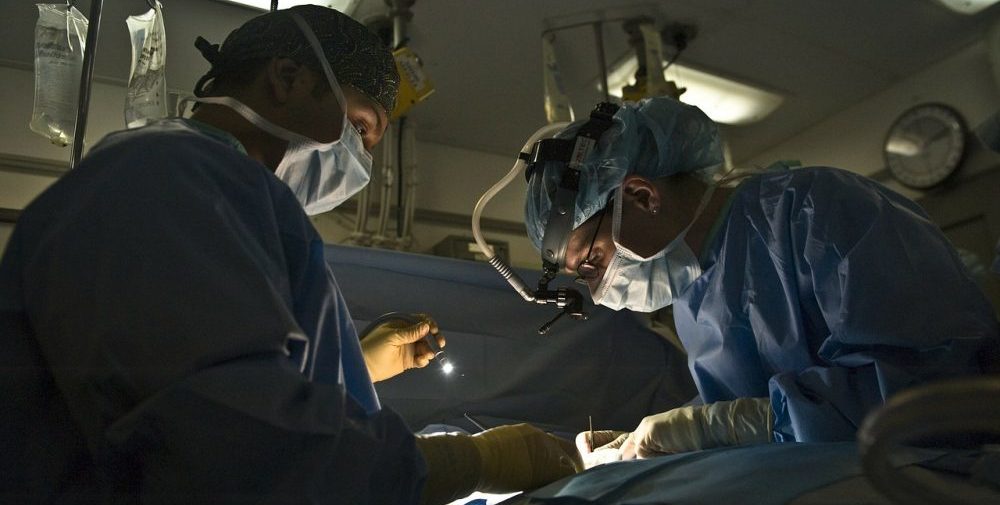Root planning and scaling are non-surgical procedures that dentists use to treat gum disease before it becomes more serious. This procedure is done when the early stages of gum disease are detected, namely when your gums start to bleed slightly when you brush your teeth or eat. This stage is called gingivitis, and happens when tartar and plaque buildup have started to irritate the gums. If gingivitis is not treated, gum disease can become so severe that, eventually, it will break down the bone that supports your teeth, causing them to become loose.
Root planing and scaling are essentially a deep-seated cleaning that is designed to remove plaque and tartar. Scaling removes the plaque that has built up below the gum line, while root planing removes rough spots on the surface of your teeth and roots where plaque-forming bacteria can build up.
There are two methods used to perform this procedure. The mechanical method involves the use of dental tools to manually scrape away the plaque and other debris. The ultrasonic method uses a tiny wand that emits vibrations to clean your teeth by breaking up plaque. Occasionally, the dentist will combine both procedures to ensure that the teeth are completely cleaned.
In order to reduce any discomfort or pain that the patient may be feeling during the procedure, the dentist may apply a local anaesthetic to the area being treated. In this case, the most the patient will feel is the pressure of the tools being applied.
Depending on the extent of the cleaning that needs to be done, it may take more than one visit to complete the procedure. For example, the dentist may divide your mouth into quadrants, working on the upper right side during the first appointment, for instance, and then the other areas during subsequent visits.
However, there are a number of risks associated with root planing and scaling that your dentist should discuss with you. There is a risk that your gums may become infected. The procedure may also accidentally introduce harmful bacteria into your system. Thus, your dentist may prescribe a strong antibiotic in order to reduce the risk of infection. Alternately, the dentist may use an antibiotic gel that is applied to the periodontal pockets at the roots of the tooth.
After the procedure, the teeth may experience some discomfort and may even feel more sensitive to heat or cold. However, you may need to continue taking painkillers afterwards to alleviate pain. You may also need to floss and brush more gently for a certain time after the procedure to avoid irritating gums. However, once the irritation has passed, it is important to maintain a good dental hygiene routine to prevent tartar from building up again.

